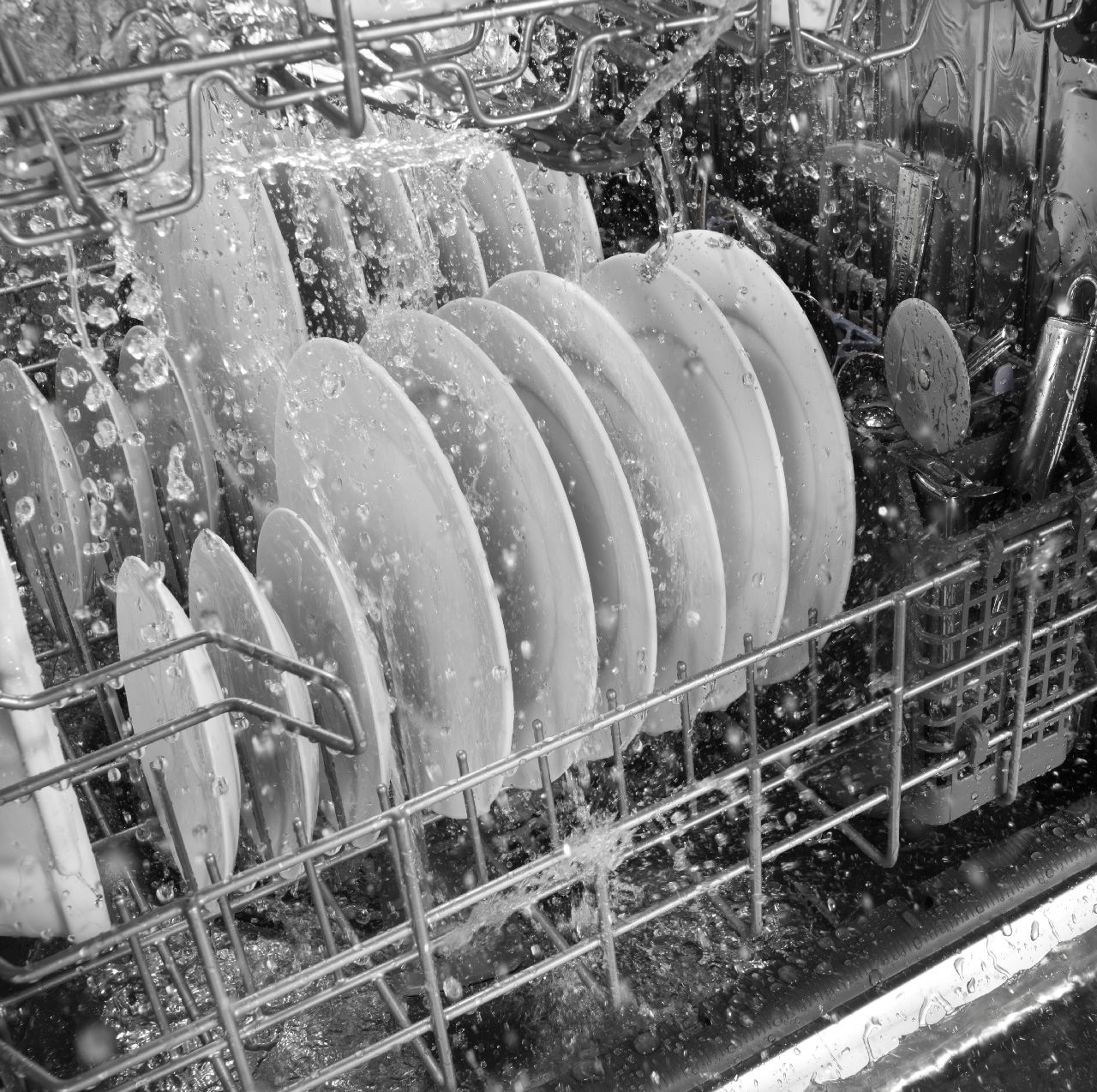
Your dishwasher is a modern marvel. It saves hours of soaking and scrubbing and drying. All you have to do is rinse the dishes beforehand and put them away when the dishwasher has dried. Of course, your dishwasher can only successfully dry if the drain actually clears all the water out of the bottom.
If you have recently opened your dishwasher to find a susdy puddle (or worse) at the bottom and not-guarantee able-clean dishes, this is a problem with your dishwasher drain. Dishwasher drainage issues can come from a number of sources, from food debris blocking the drain to a clog under your kitchen sink. Let’s take a look at all the things you can do to quickly repair your dishwasher not draining problems before you think about calling for professional repairs.
Run Your Garbage Disposal
Your first step for any dishwasher repairs is to clear out the water so you can see what’s up. Normally, we’d start by advising you bail out and sop up the water, but there might be a faster way. You see, your dishwasher drains into your garbage disposal unit under the sink. Disposals are also a frequent cause of clogs in that area because chunks of food and cooking debris that wind up going down the drain don’t always clear easily. So if the clog is garbage disposal related, then the quick and easy fix is simply to turn on the tap water and run your disposal for a few seconds. If you hear your dishwasher draining, then congratulations. Easiest fix in the book.
Bail Out Your Dishwasher
If the garbage disposal trick doesn’t work, or if you have a dishwasher without a disposal, then the next logical step is to clear out the water in your dishwasher manually. For this part, you will need something to bail with and a stack of old towels. Bail it out with a small plastic blow, measuring cup, or large spoon and then sop up what you can’t scoop with towels. The towels should then be washed immediately, as they are likely full of food debris from your last load of dishes. This will leave you with a damp but visible dishwasher floor and the ability to examine the drain.
Clear the Drain Trap
Often, dishwashers clog because the drain basket is blocked with food from your last load. The trap looks like an upturned basket sticking out of the dishwasher floor over the drain. Blocking food from entering is what it is for, but it’s blocking slats or screen can easily fill up, especially with numerous or widely spread pieces. Some dishwashers have their own garbage disposals, but many do not, and older models do not.
Reach in and scoop out any food bits or plastic wrappers that might be blocking the entrance to your dishwasher drain. Be thorough and use a paper towel for your last scoop-out to get any of the smaller food debris that may have built up around the area.
Clean the Soap Tray and Dishwasher Floor
Dishwasher soap is specially designed to clean your dishes without sudsing too much, but dish-washing soap (ex: Dawn) is highly sudsy for sink cleaning. If you accidentally put normal dish soap in the dishwasher, the amount of sudsing bubbles created can interfere with your drain. Fortunately, this fix is simple. Wipe down the inside of your dishwasher and clean out the soap tray. Then run the dishwasher empty with a dash of dishwasher detergent instead.
Inspect the Drain Hose & Valve
The next fix is to inspect the drain hose and all the related connections. Naturally, your drain hose needs to be in good shape for the drain to work. This hose runs from the underneath of your dishwasher drain around into the underneath of your kitchen sink. You will notice the hose coming off the garbage disposal and/or dual-drain system and leading into a cut-hole in the cabinetry toward your dishwasher.
Run your hand along the line to make sure it is not twisted and has no serious kinks that might be blocking the drain. Then check the valve where the hose connects to the garbage disposal unit.
Clean the Air Gap
Some dishwasher drain hoses have a little slotted metal piece where the hose connects to the sink called an air gap. This makes sure no air gets trapped in the line, but it can also get clogged with food particles like a filter. Disconnect the dishwasher hose and inspect the air gap. Take it off and clean it if necessary before reattaching everything.
Run an Empty Cycle with Vinegar & Listen
Here, we combine two troubleshooting tips into one practical unified tip. The first is to run your dishwasher on an empty hot water cycle with a cup of vinegar en the top tray. This will help clear out any hard-water related issues with your drain (and sprayer arms, for that matter). You should also run an empty cycle and listen to the dishwasher to hear what the cycles sound like. If the cycles sound different or if you hear a failed clicking or humming without result, this might mean that your dishwasher is not triggering the draining process correctly. To fix an incorrect drain cycle, you may need a repair technician.
Start Pre-Rinsing Dishes
Assuming one of these techniques did the trick, you’ll want to start being more careful with your dishwasher and its drain. Don’t use the wrong kind of soap, even if you’re out of dishwasher soap, and always remember to keep your garbage disposal clear. But most importantly, start pre-rinsing your dishes. Just a quick scrape and rinse (and soak) can make a world of difference for the functionality of your dishwasher. Have everyone run their dishes for a few seconds under hot water to clear them of the exact kind of debris that likely cause your initial problem.
—Dishwasher drains stop for many different reasons, and you can fix a surprising number of them at home. But if the problem continues unsolved or if you determine it is a dishwasher cycling error, it’s time to call a repair technician. Contact us today or check out more of the blog for helpful repair tips.

How to Reset a Whirlpool Refrigerator Ice Maker
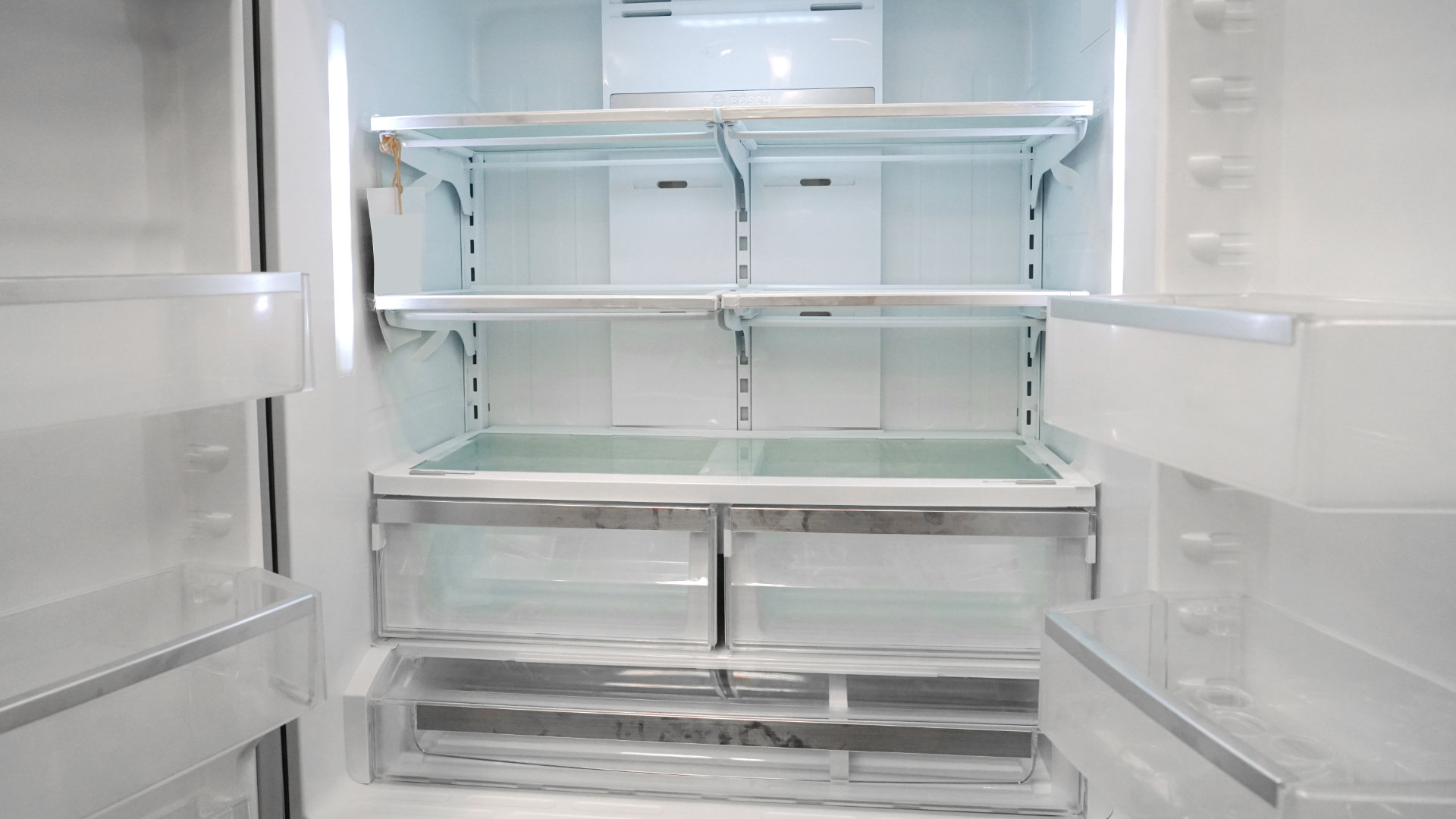
6 Reasons Your LG Refrigerator Is Not Making Ice

Kenmore Fridge Ice Maker Not Working? 5 Ways to Fix It
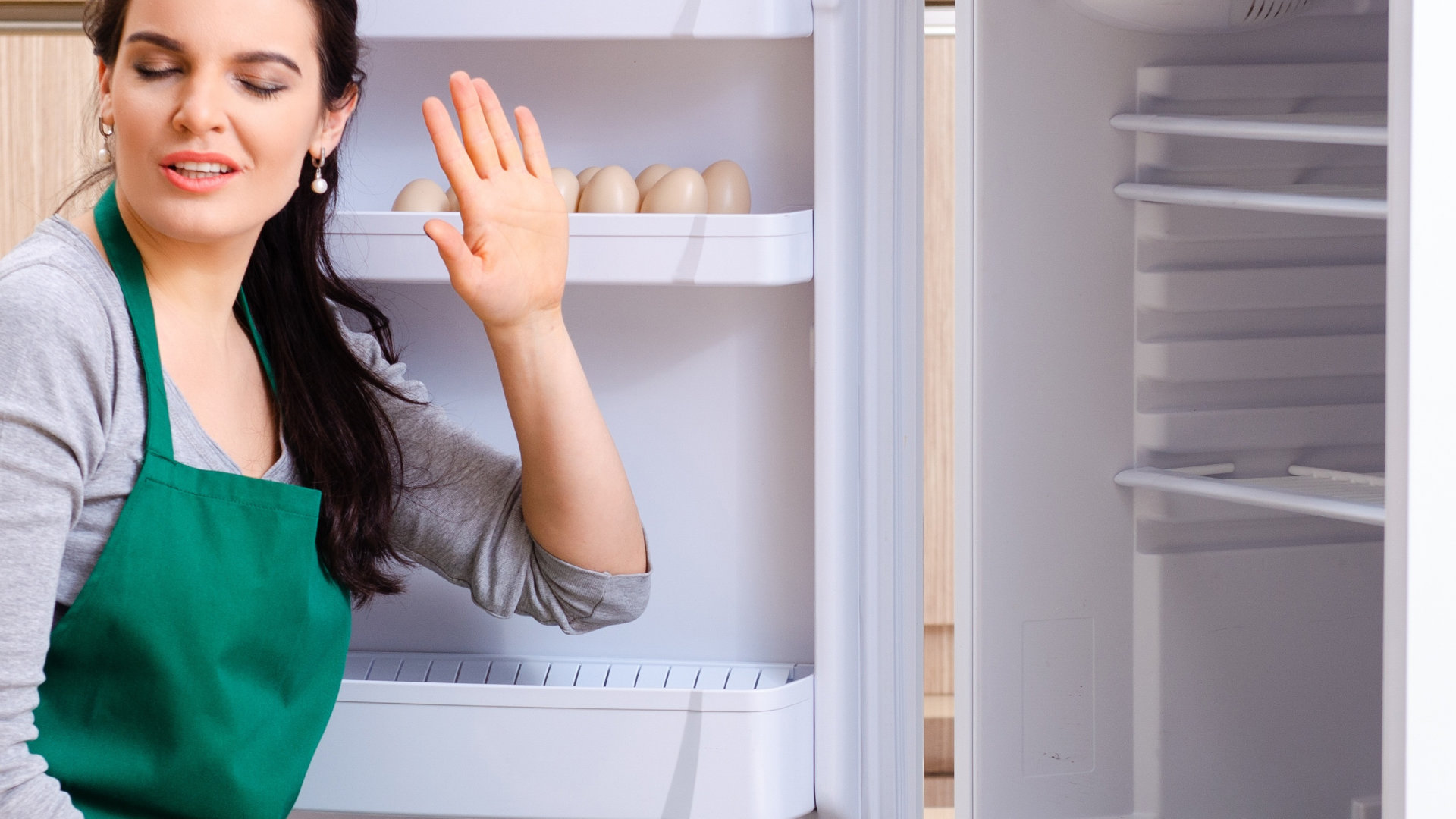
How to Remove Fish Smell from Your Refrigerator
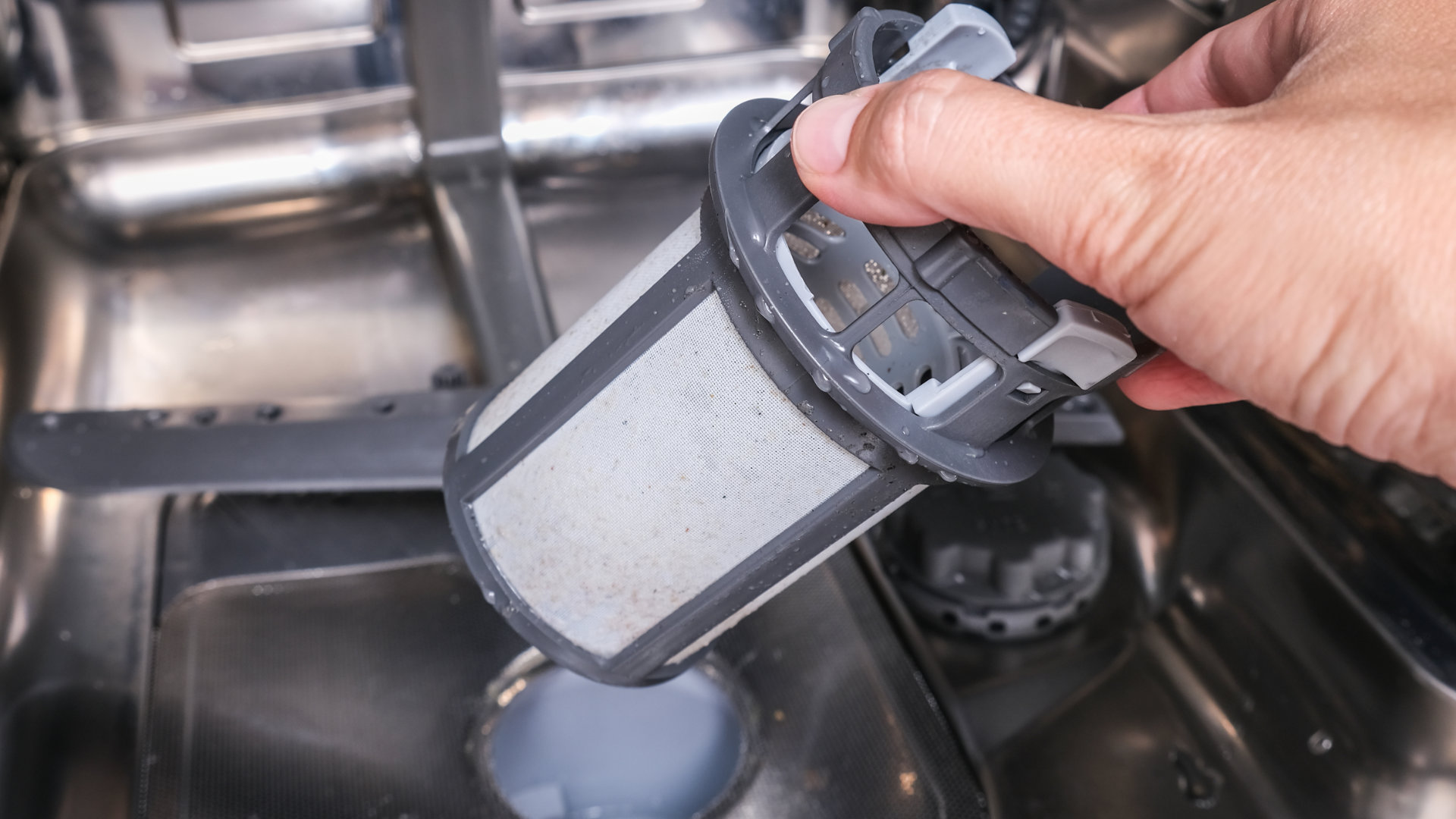
How To Fix Bosch Dishwasher E24 Error
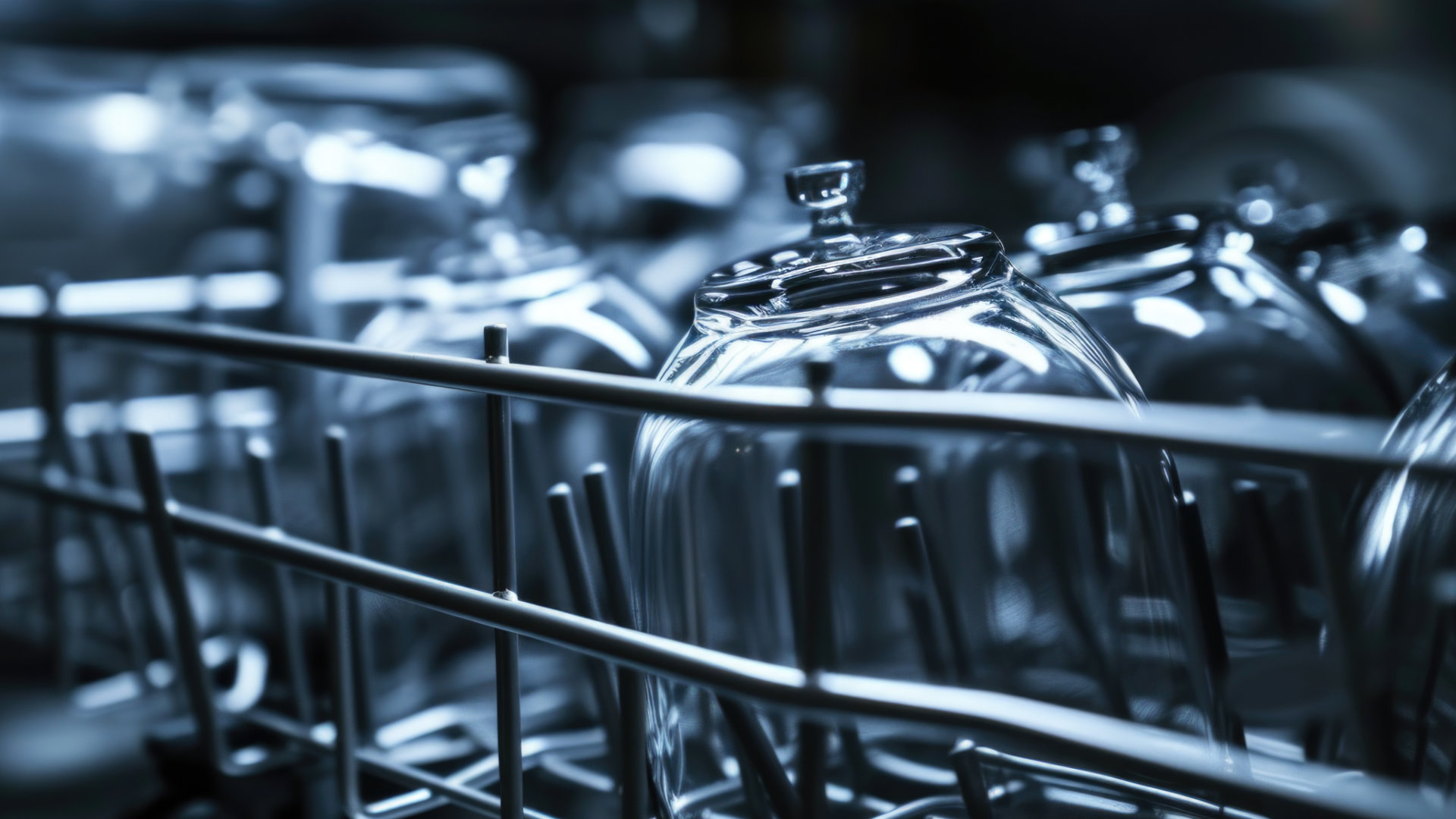
Troubleshooting a Whirlpool Dishwasher Not Draining

Why Is Your Fridge Water Not Working, but Ice Is?

How to Fix the E15 Bosch Dishwasher Error Code

How Much Power Does a Microwave Use?

How to Properly Clean Refrigerator Coils
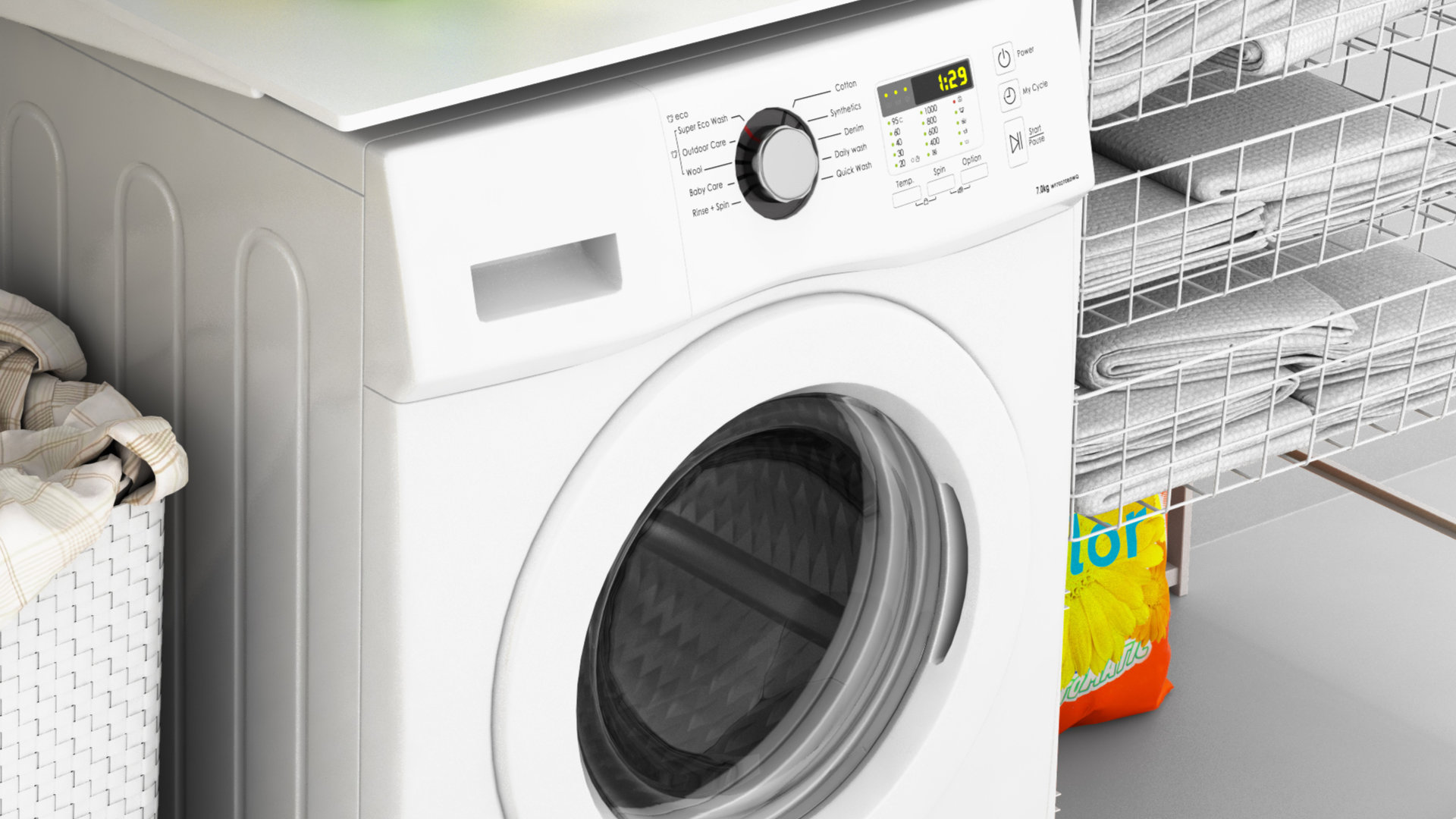
How to Fix an LG Washer Showing OE Error Code

Troubleshooting a GE Dishwasher with No Power and No Lights

10 Reasons Why Your Bosch Dishwasher Won’t Start

Troubleshooting the F5 Error Code with a Maytag Washer


